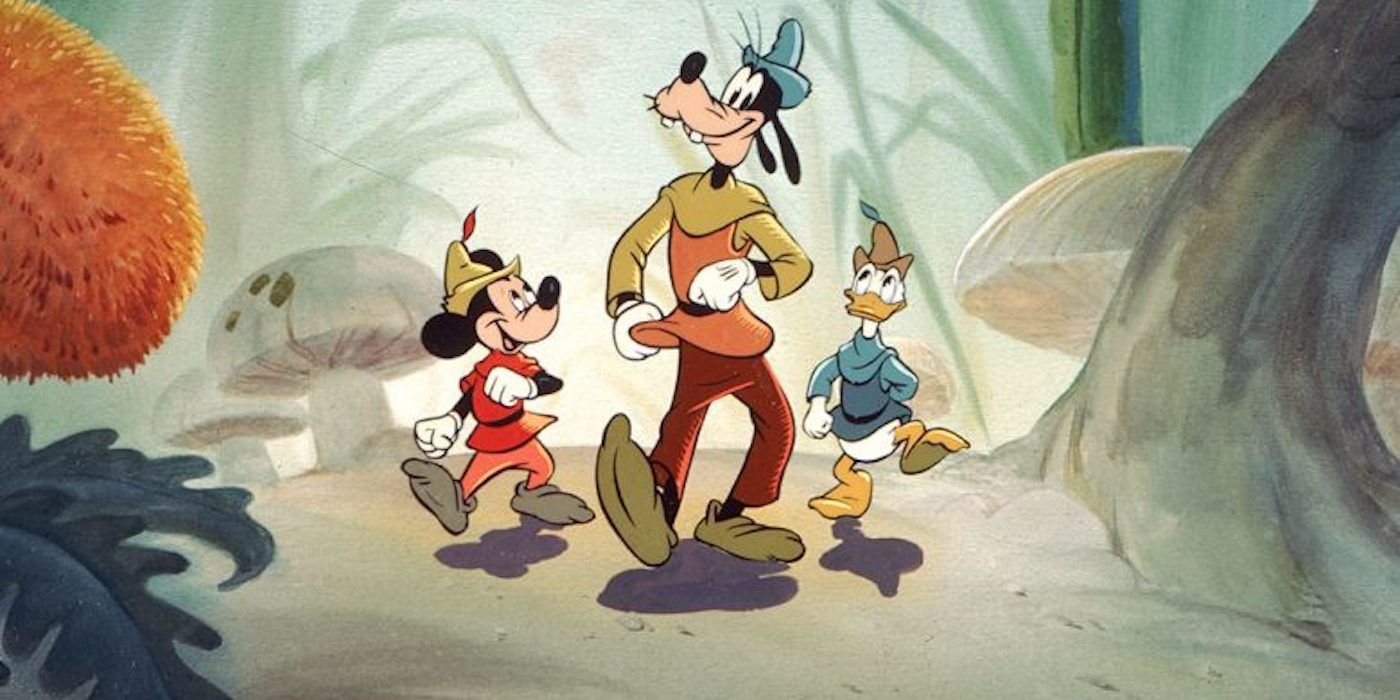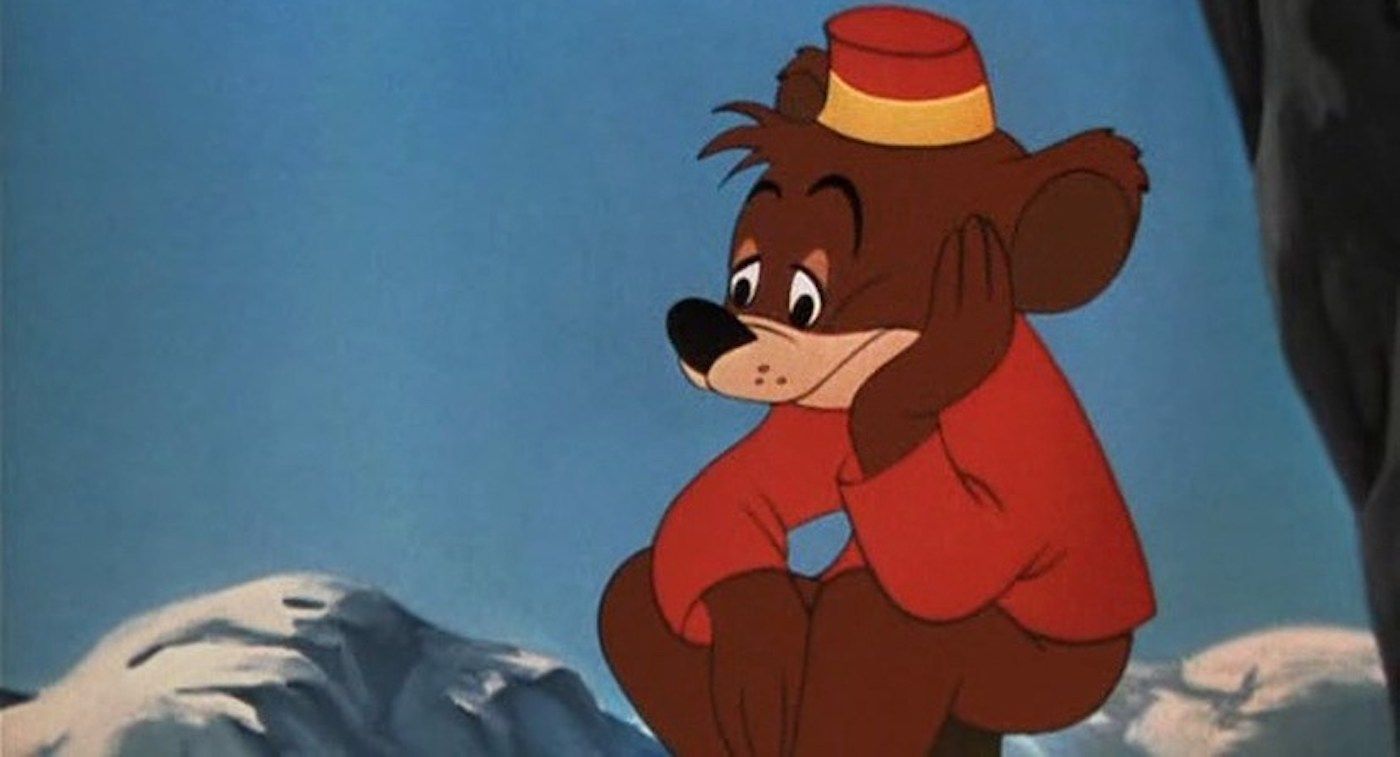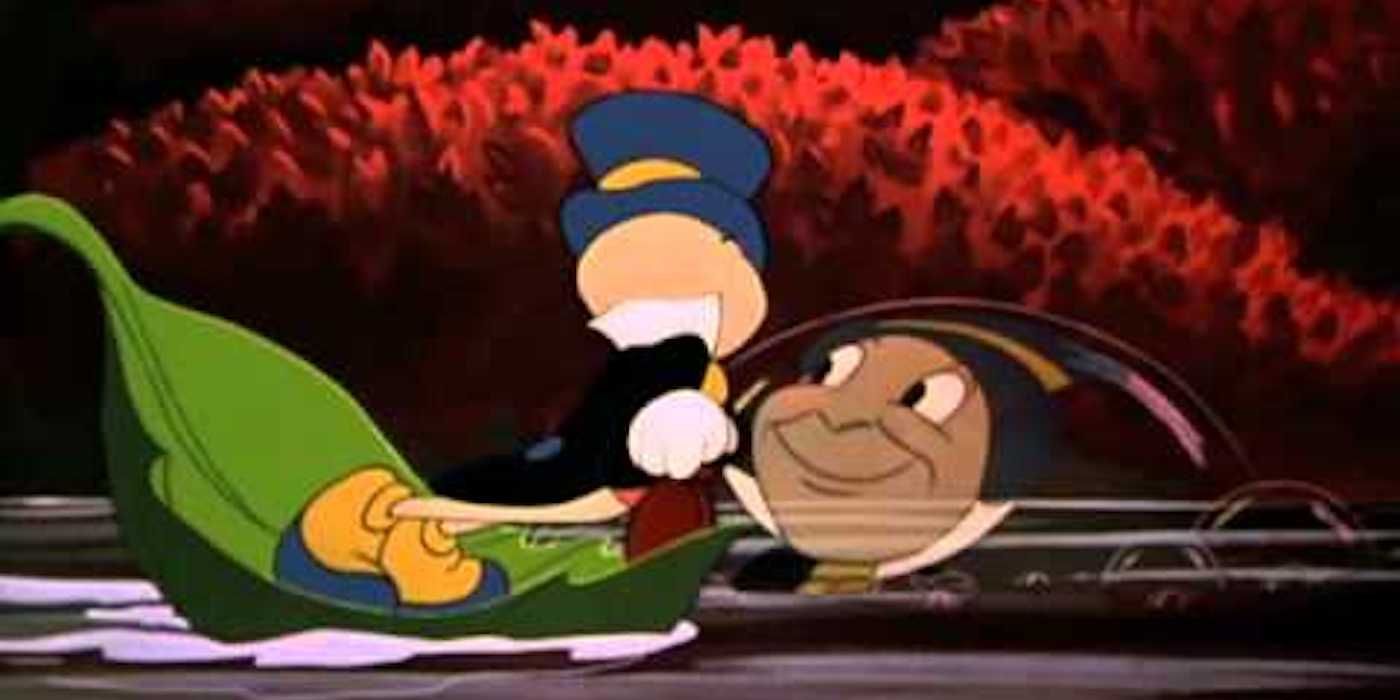
Over the past century, the evolution of animation and the process of its creation has evolved rapidly. The industry has been able to survive and even thrive under the pressure of a global emergency like COVID-19, and anyone with the drive and talent is capable of creating something truly substantial entirely on their own. Of course, it wasn’t always like that. When you look specifically at feature animation, for the first half of the 20th century. there was practically only one game in the United States: Walt Disney Animation Studios. After the unprecedented success of Snow White and the Seven Dwarfs and Disney’s mascot, Mickey Mouse capturing the hearts of a nation, Walt Disney had created an empire of imagination with his studio pursuing with Pinocchio, Fantasy, Dumbo, and Bambiand many more in preparation.
However, a handbrake was pulled in the 1940s, for several reasons. The first was an animators’ strike in 1941, in which non-union employees at Walt Disney Studios expressed their anger over unequal pay, privileges, and given credit. This resulted in many of those responsible for creating the stories Disney wanted to tell being fired and blacklisted from the company. This was in addition to other layoffs due to the financial disappointments of Pinocchio and Fancy, so they were already in hot water before an even more pressing problem arrived in America: World War II. With striking animators fired, many drafted into combat, and the rest being ordered into the military to make instructional and propaganda films, the studio had to improvise, downsize, reuse, and recycle.
Packaging films
This resulted in a series of “packaged films” created by Walt Disney Animation Studios, with Greetings Amigos and The Three Caballeros model definition. Using the small budget they had, they took cut scenes and discarded ideas, and put them all together into shorter anthology films. This brings us to Free fun and fantasythe second of those anthologies which, like Ichabod and Mr. Toad after this one, contains only two short films: Mickey and the Beanstalk and bongo. There’s so much more to this story than what we see on screen, it wasn’t two brand new shorts, it’s a movie made up of two halves of movies that could have been, each with stories that are unique to them.
bongo
bongo follows the story of a choked circus bear who flees into the wild, only to find that it’s not all he expected. If the escaped circus animals sound familiar to you, it would make sense that this movie, based on the Sinclair Lewis short story, was originally meant to be a half-sequel to Dumbo, part of the Dumbo Cinematic Universe, if you will. Naturally, with the transition from feature film to short film, a lot was cut from the story of bongo to condense and streamline the story. Originally there was going to be a chimpanzee sidekick, similar to Timothy Q. Mouse from Dumbo, as well as minor character appearances from the previous film, and the character design was drastically changed to something more lighthearted and cartoonish, rather than realistic.
The film also received a narrator rather than a voice cast, i.e. the popular singer, actress, and television personality. Dinah Shore play itself. Package films often implemented this to appeal to modern (for the time) audiences, whether adding animation to popular music or adding famous personalities to their films, these celebrity cameos added a kind of flavor to films that needed to be made and produced cheaply.
Mickey and the Beanstalk
After a confusing live bridge, the second short, Mickey and the Beanstalk, begin. This wasn’t the first time Mickey was placed in the Jack and the Beanstalk story. A black-and-white short followed the same formula minus Goofy and Donald Duck, but had it been released as a planned feature, it would have been the first to have the Disney mascot featured throughout. Although appearing in many short films, Mickey Mouse has not had a starring role in a feature film. Naturally there were also elements cut from this short, it was going to have Honest John and Gideon from Pinocchio conning Mickey with the magic beans, but was later changed to a Queen Minnie Mouse giving them to him before that part was completely removed.
However, what is most historic about this segment is that it is the last appearance of Walt Disney himself as the voice of Mickey Mouse. So to imagine an entire film with such an element, there is definitely a loss. Neither bongo neither Mickey and the Beanstalkthen named The Legend of the Happy Valley, have been developed or sophisticated enough to become animated features. So as the studio recovered its losses of money and personnel from the strike and the war, and to save for bigger pictures, chief among which was Cinderella, the two were stitched together and both stories were scaled down significantly.
Fill in the blanks
As much as Free fun and fantasy excerpts from two stories that would have had their own feature films, they add a fair share to fill in the blanks. The first is Jiminy Cricket from Pinocchio. When you wish for a star is still the theme song of the Disney brand, and whoever sang it is a kind of secondary mascot, an epicenter of the values that the brand conveys: optimism and good conscience. He is the host of Free fun and fantasy, opening the film with a song taken from his own film, I am a cheerful guy. It sets the light and evasive tone of the film and bridges the gap between these two completely independent stories.
What also ties the film together is the aforementioned “confusing live-action scene”. The scene is of a birthday party with a young guest being entertained by a ventriloquist and his puppets as he tells the story of Mickey and the Beanstalk. Ventriloquist and comic personality Edgar Bergen was already a Disney friend and collaborator, so he was easy to fit in, just like Luana Pattena child actress who starred in southern song, it was therefore already available. These are all examples of Disney using what they already had, from actors to characters, to cut songs, to save time and money that would be spent creating content from scratch.
The directions Disney could have gone
While all anthology films are weird scrapbooks of cheaply produced scraps of ideas, there are bits to remember about each of them. There are many things that can be extrapolated from the production of Free fun and fantasy beyond what we see on screen. We can see the directions Disney might have gone in and the pre-war ideas they had about their future. Movies, characters, and worlds would be interconnected, we’d see Gideon and Honest John interact with Mickey Mouse, and Dumbo would receive an expanded lore. We may never visit Happy Valley, but we see its ghost in the large-scale collaborations Disney would do in the future. We can only guess what Walt Disney’s intentions were with his fictional worlds before the war, the strike, and his death, and how far he could have expanded his empire on his own. The production of the films in the package, what could have been the two films that came together for Free fun and fantasy, gives us something very intriguing to think about.

